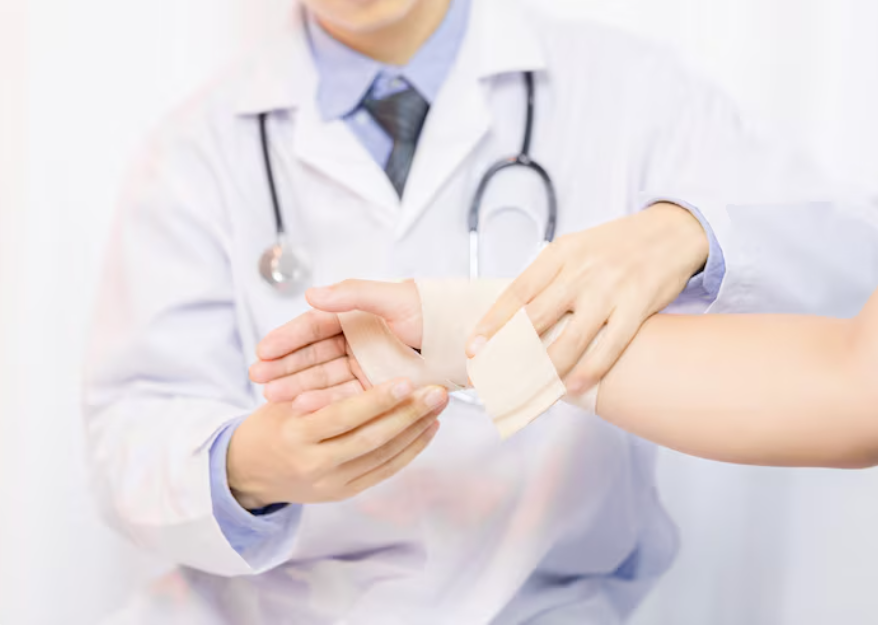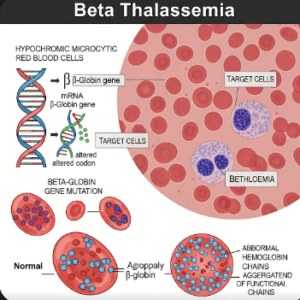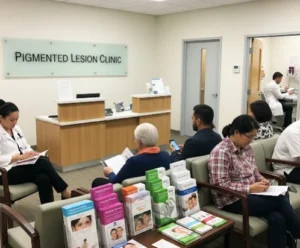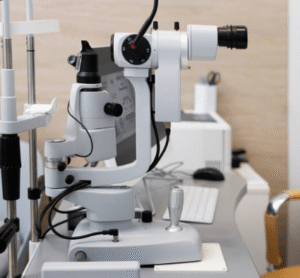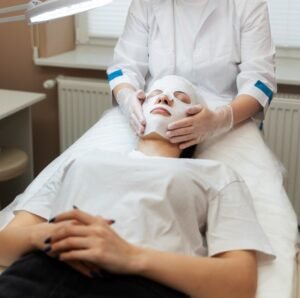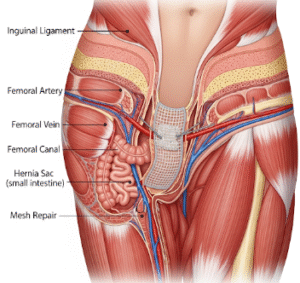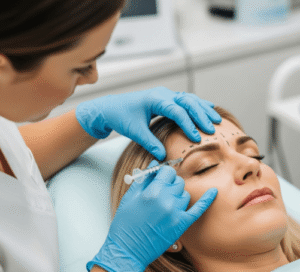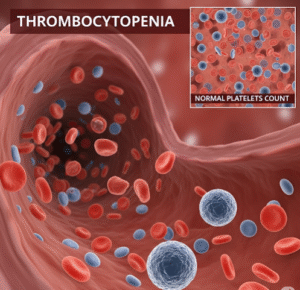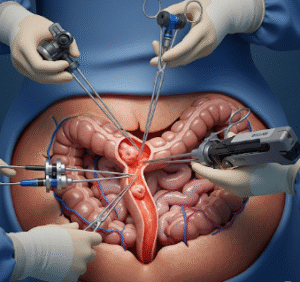Overview
Cartilage injury refers to damage or degeneration of cartilage, the smooth tissue that cushions joints and allows pain-free movement. Commonly affecting the knees, shoulders, and hips, cartilage injuries can result from trauma, repetitive stress, or degenerative diseases like osteoarthritis. In Korea, advanced orthopedic and sports medicine centers provide accurate diagnosis, minimally invasive surgery, and rehabilitation programs for effective management.
Symptoms
- Joint pain, especially during movement or weight-bearing
- Swelling and stiffness around the affected joint
- Limited range of motion
- Grinding, clicking, or locking of the joint
- Weakness or instability in the joint
- Symptoms may worsen over time if left untreated
Causes
- Traumatic injury (sports injuries, falls, accidents)
- Repetitive stress or overuse of joints
- Degenerative conditions like osteoarthritis
- Obesity, increasing stress on joints
- Genetic predisposition to cartilage disorders
- Aging, leading to gradual cartilage wear
Risk Factors
- Athletes or physically active individuals
- Older age
- Obesity and high body weight
- Previous joint injuries or surgeries
- Occupational stress on joints (kneeling, lifting)
- Family history of joint degeneration
Diagnosis
In Korea, cartilage injury is diagnosed using:
- Physical examination to assess pain, swelling, and joint stability
- Imaging tests: MRI for detailed cartilage evaluation, X-rays to check joint alignment, CT scan in certain cases
- Arthroscopy for direct visualization and possible simultaneous treatment
- Patient history to determine injury mechanism and chronicity
Prevention
- Regular exercise to strengthen muscles supporting the joints
- Proper warm-up and stretching before sports activities
- Using protective gear during high-risk activities
- Maintaining healthy body weight
- Avoiding repetitive stress or overuse of specific joints
- Early evaluation and management of minor joint injuries
Treatment Options in Korea
- Non-Surgical Management
- Rest and activity modification
- Physical therapy to improve strength and flexibility
- Pain management with NSAIDs or other medications
- Injections such as hyaluronic acid or platelet-rich plasma (PRP)
- Surgical Treatment
- Arthroscopic debridement to remove damaged cartilage
- Microfracture surgery to stimulate cartilage regeneration
- Cartilage transplantation or tissue engineering procedures
- Joint replacement surgery in advanced cases
- Rehabilitation and Follow-Up
- Post-treatment physiotherapy for mobility and strength restoration
- Gradual return to sports or daily activities under supervision
- Regular imaging to monitor healing and joint function

